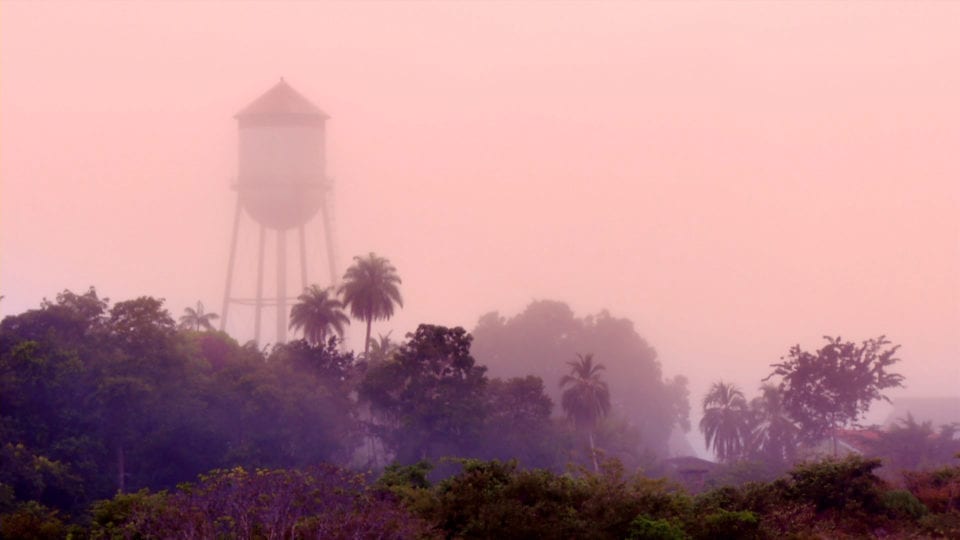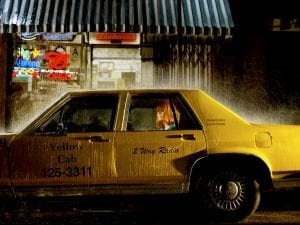Asking the question: Beautiful world, where are you?, Liverpool Biennial 2018 surveys the current social, political and environmental landscape through work by over 40 artists. Taking its title from a 1788 poem by German writer Freidrich Shiller (b. 1759), the festival considers how societies can use history to move forward. As co-curators Kitty Scott and Sally Tallant explain: “It [the poem] can be seen as a lament but also as an invitation to reconsider our past, advancing a new sense of beauty that might be shared in a more equitable way.”
This year’s highlights include a new three-channel video installation by iconic director Agnès Varda (b. 1928). Derived from her films Vagabond (1985), Documenteur (1981) and The Gleaners (2000), the piece embodies the ethos that: “It is our duty as artists to be conscious,” as she notes. Another artist using moving image is Aslan Gaisumov (b. 1991), whose works combine personal and political narratives to explore Chechnya’s turbulent history.
Further engaging with contemporary conflict, paintings Belgian artist Francis Alÿs (b. 1959) capture the world’s war zones, including Israel-Palestine and Afghanistan. Commenting on issues of global tourism and social unrest, the works reinvent the tradition of “plein air” painting. In a similar way, Melanie Smith (b. 1965) rewrites time-honoured techniques through multidisciplinary practice. Her current work reflects on industrialisation, exploring the urban environment with a critical eye. Liverpool Biennial showcases a new film, Maria Elena, which expands on the 2014 work, Fordlandia (shown above). Both pieces comment on expansion in the Americas during the 20th century, exploring its relationship to violence and crime.
Reflecting these global concerns, new and existing works by artists from Indigenous communities are displayed at Tate Liverpool. Works include a wall-based piece by Dale Harding (b. 1982), which demonstrates a move towards visual activism. A descendant of the Bidjara, Ghungalu and Garingbal people of Central Queensland, and inspired by rock art sites in Queensland, the practitioner uses the stencil technique practices of the region’s ancestors.
The pieces will be displayed across the city, occupying contemporary and historic buildings including Tate Liverpool; FACT; Open Eye Gallery; Bluecoat; St George’s Hall; Victoria Gallery & Museum; Blackburne House; Liverpool John Moores University’s Exhibition Research Lab; the Liverpool Playhouse theatre and RIBA North.
Liverpool Biennial runs from 14 July-28 October. Find out more here.
Credits:
1. Melanie Smith, Fordlandia, 2015.





